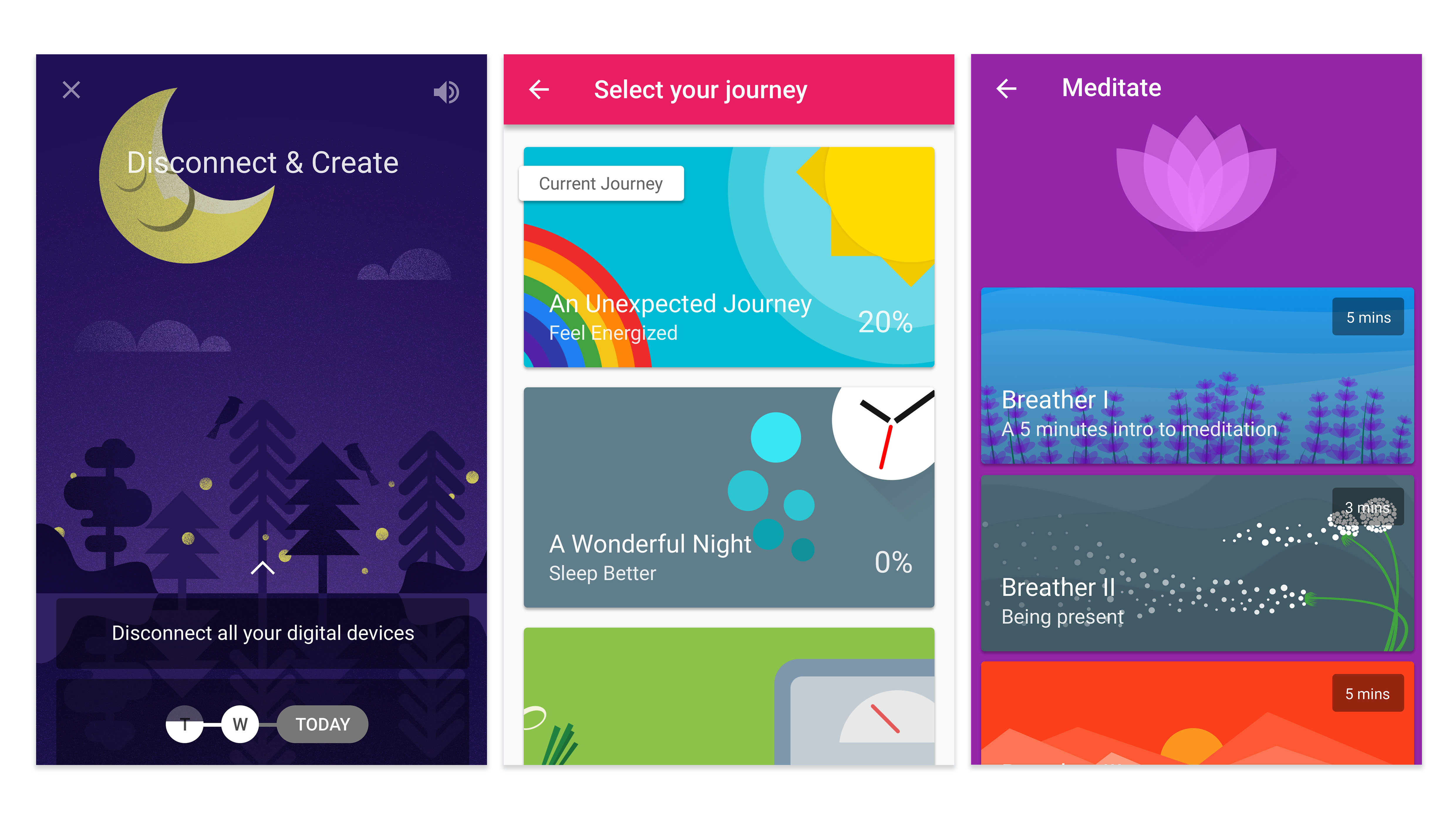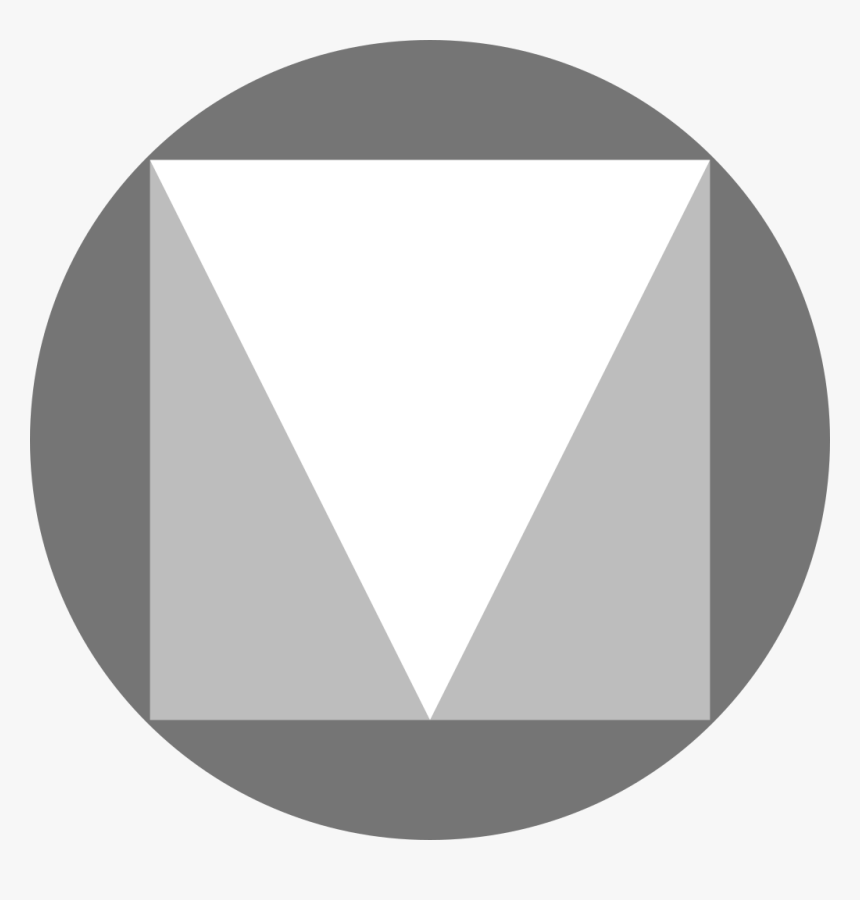Table Of Content

Build your own design system using the sophisticated theming features. The latest version, Material 3, enables personal, adaptive, and expressive experiences – from dynamic color and enhanced accessibility, to foundations for large screen layouts and design tokens. Objects are presented to the user without breaking the continuity of experience even as they transform and reorganize.
Google’s Material Design - Android Design Language
It’s vital for Material Design to meet users’ expectations of how components should behave. For instance, onscreen objects are more credible if they follow the laws of gravity. Since 2018, Google has opted for the Google Sans (formerly Product Sans) font as the default in many locations. Interestingly, Google Sans was among the list of options back when you could choose to change the default font. Build a Material Theme is an interactive project that helps you customize Material Components and implement them into your app. Start quickly with Material Design or use the advanced theming feature to easily tailor the components to your needs.
Forget Ubuntu 24.04 LTS, what you really want to download this month is Fedora Silverblue 40
Google had to balance Material Design’s consistency with the capacity for differentiation – to grant designers the flexibility to adapt it to brand needs. Version 2 features not only new guidelines but also a tool suite (including new icon packs and a Material Theme editor) you can use to customize your designs. Therefore, you can fine-tune aesthetics to suit your organization’s brand presence while you build on the foundation of timeless natural laws. We’re seeking products that are both beautiful and legible, applying color and contrast thoughtfully to craft a harmonious presentation of their brand identity. Material Design is a design system built and supported by Google designers and developers.
Browse UX / UI Design Topics
Elementor is the leading website builder platform for professionals on WordPress. Elementor serves web professionals, including developers, designers and marketers, and boasts a new website created every 10 seconds on its platform. So, rather than ask visitors and users to enter a digital experience that feels unnatural to them, Material Design applies the basic principles of our physical environment to apps and websites. They should be visually attractive, but more importantly, they must guide user experience with meaning and focus. Using bold, solid colors and defined imagery with edges and shadows is a great way to enhance visual appeal.
Google Drive's latest facelift makes it more personalized on the web - Android Police
Google Drive's latest facelift makes it more personalized on the web.
Posted: Wed, 29 Nov 2023 08:00:00 GMT [source]
Some of the most notable sites and apps that have acclimated to Material Design include Google’s own e-Calendar app, which can connect to smartphones, wearable technologies, and tablets. It demonstrates how to utilize shadows and elevation properly to stimulate visual cues within the user interface (UI). The main takeaways of Material Design are that it’s grounded in tactile reality, yet open to imagination and innovation. Google’s Material Design sets the stage for web designers to focus on user interactivity, visual design, and intelligent motion that react appropriately to changing situations.
Typography
You and your fellow course-takers have a huge knowledge and experience base between you, so we think you should take advantage of it whenever possible. There is also a JavaScript implementation of Material Design which is called Angular Material and based on Google’s best practices and Material Design specification. Material design adds additional depth to design without changing the basic functionality of designs. You’ll find Google’s Material Design guidelines and library here and here. However, it seems like Google is preparing to part ways with Roboto because, according to newly posted codes, Google could be adopting a new default font for ChromeOS. We read every piece of feedback, and take your input very seriously.
Based on these specs, the goal of Material Design is to allow a unified experience across all platforms and device sizes. Material Design shows a mobile-centric shift, but still ensures that mouse and keyboard platforms are fully optimized. This lesson also introduces you to the very first exercise for you to dip your toes into the cool waters of user experience. As indicated by Don Norman, User Experience is an umbrella term that covers several areas. When you work with user experience, it’s crucial to understand what those areas are so that you know how best to apply the tools available to you.
The less uncertainty there is, the more confidently they’ll be able to convert. The one on the right, however, has a click-activated scrolling animation. But this wasn’t an attempt to bring design back to the skeuomorphic days. It’s a metaphor (which we’ll look shortly at when we explore its principles). Skeuomorph UIs ended up proving to be too distracting because of their lifelike qualities.
Google's 'Making Material You' design films feature wild early concepts - 9to5Google
Google's 'Making Material You' design films feature wild early concepts.
Posted: Thu, 04 May 2023 07:00:00 GMT [source]
Material Components
Google was quick to realize that web designers needed to focus on user mobility. User experience changes depending on what device users access the site from, and thus designers needed to adapt their practices and philosophies. It is no longer enough to create a unique, attractive brand image – now that image must be flexible and supersede the limits of the physical world while still following the rules of physics.
It also promotes animation in designs, both for user feedback and to hint at how different features function. Material Design has also been adopted by the wider design community and can now be found on websites and apps far outside of Google’s native platforms (and even on competing platforms). Simplenote, for example, uses a Material Design aesthetic across its apps for desktop and mobile platforms.
In response to backlash from the design community (and indirectly from users who couldn’t tell apps and websites apart any longer), Google unofficially released Material Design 2.0 in 2018. Motion design doesn’t have anything to do with animation for the sake of animation. Like with everything else with Material Design, it’s meant to make the design more intentional and the user experience more intuitive. By imbuing UIs with these kinds of physical properties, users can rely on their intuition and natural actions to engage with websites and apps. Allows for content and ad personalization across Google services based on user behavior.

According to newly posted codes, ChromeOS could shift from the Roboto font to using Google Sans in its UI. It is said that the change is to align the UI elements with Google's Material 3 guidelines. Over the years, various elements of the Material 3 design have been implemented on ChromeOS. In MWC, tokens are CSS custom properties that can be used to style components. Unique system icons can add polish and expression to a digital product, but painstakingly crafting each individual symbol is also a lot of work. From day one, Material's ready-to-download icons have been extremely popular with product teams looking for an elegant off-the-shelf solution.


No comments:
Post a Comment